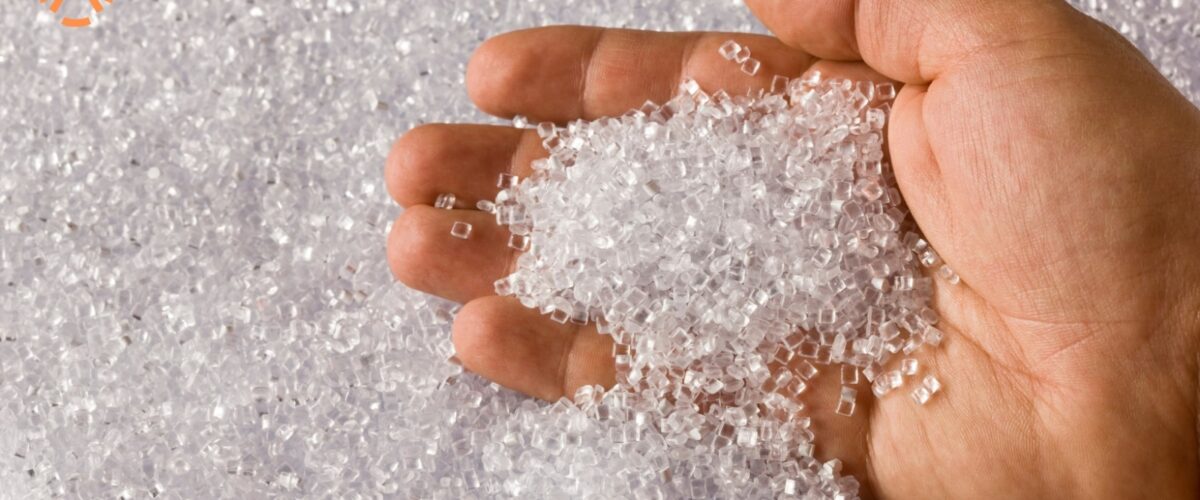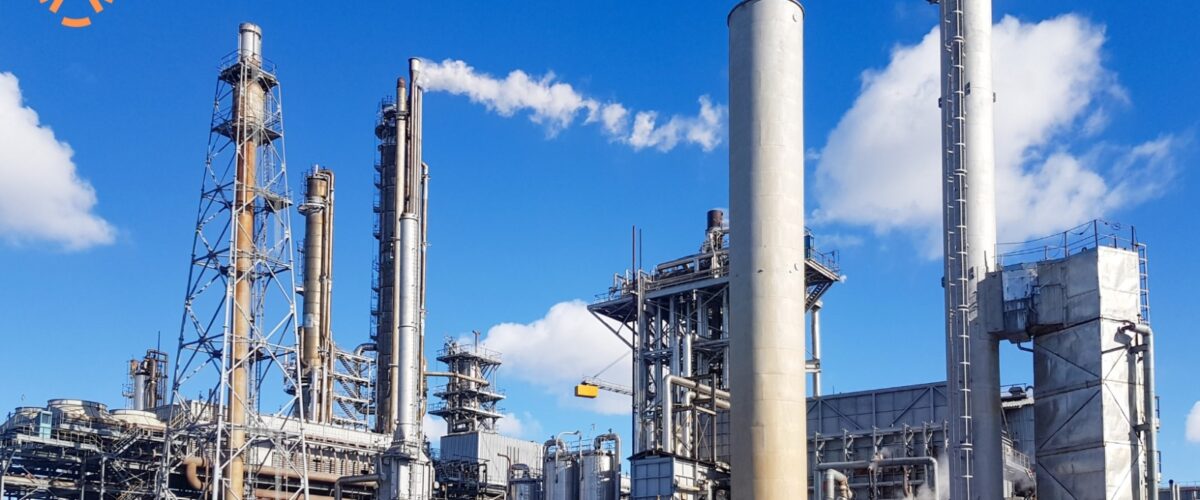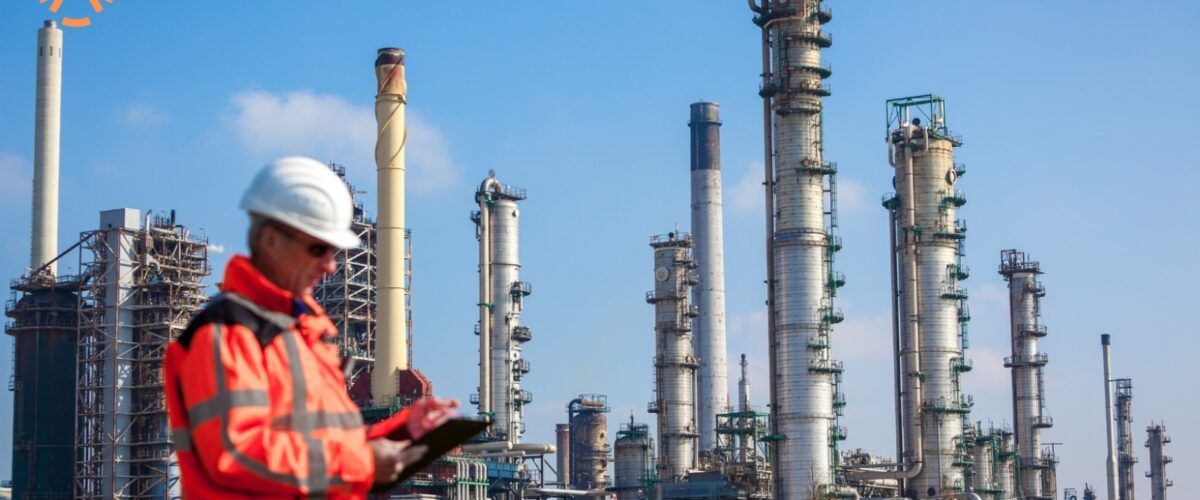Petrochemical Safety: Protocols and Best Practices!
Introduction to Petrochemical Safety
- Importance of Petrochemical Safety
- Historical Context of Petrochemical Safety Regulations
- Regulatory Bodies and Standards
Types and Categories of Petrochemical Hazards
- Chemical Hazards
- Physical Hazards
- Biological Hazards
Symptoms and Signs of Petrochemical Exposure
- Acute Symptoms
- Chronic Symptoms
- Environmental Signs
Causes and Risk Factors of Petrochemical Incidents
- Human Error
- Equipment Failure
- Environmental Factors
Diagnosis and Tests for Petrochemical Exposure
- Medical Evaluation
- Laboratory Tests
- Environmental Monitoring
Treatment Options for Petrochemical Exposure
- Decontamination Procedures
- Medical Interventions
- Supportive Care
Preventive Measures in Petrochemical Handling
- Engineering Controls
- Administrative Controls
- Personal Protective Equipment (PPE)
Personal Stories Highlighting Petrochemical Safety
- Case Study 1: Workplace Incident
- Case Study 2: Environmental Contamination
Expert Insights on Petrochemical Safety
- Quotes from Industry Experts
- Tips from Safety Professionals
Conclusion and Call to Action
- Summary of Petrochemical Safety Protocols
- Importance of Ongoing Education
Introduction to Petrochemical Safety
Petrochemical safety is paramount in industries where the handling and processing of various chemical compounds are routine. It encompasses a range of measures aimed at preventing accidents, mitigating risks, and ensuring the well-being of workers and the environment. Understanding the protocols and best practices in petrochemical safety is crucial for both employers and employees to maintain a safe working environment.
Importance of Petrochemical Safety
Safety in petrochemical plants and facilities is essential due to the hazardous nature of the materials involved. Petrochemical substances, such as solvents, fuels, and industrial gases, pose significant risks to human health and the environment if not handled properly. Accidents involving petrochemicals can lead to fires, explosions, chemical releases, and environmental contamination, with potentially severe consequences for workers, nearby communities, and ecosystems.
Historical Context of Petrochemical Safety Regulations
The development of petrochemical safety regulations has evolved over time in response to industrial accidents and advancements in safety science. Early regulations focused primarily on fire prevention and control measures. However, as our understanding of chemical hazards has deepened, regulatory frameworks have expanded to encompass broader safety considerations, such as risk assessment, hazard communication, and emergency response planning.
Regulatory Bodies and Standards
Petrochemical safety is governed by a complex network of regulatory bodies and standards organizations at the international, national, and regional levels. These entities establish guidelines and requirements for the safe handling, storage, transportation, and disposal of petrochemicals. Examples include the Occupational Safety and Health Administration (OSHA) in the United States, the European Chemicals Agency (ECHA) in Europe, and the International Organization for Standardization (ISO) globally.
Types and Categories of Petrochemical Hazards
Petrochemical hazards can be classified into three main categories: chemical, physical, and biological.
Chemical Hazards
Chemical hazards in the petrochemical industry arise from the inherent properties of substances such as toxicity, flammability, reactivity, and corrosiveness. Exposure to these chemicals through inhalation, ingestion, or skin contact can cause acute or chronic health effects, depending on the dose and duration of exposure.
Physical Hazards
Physical hazards encompass a wide range of risks, including fire, explosion, and mechanical injuries. Petrochemical facilities often contain equipment and processes that operate under high pressure or temperature, increasing the potential for accidents if proper safety protocols are not followed.
Biological Hazards
Biological hazards in the petrochemical industry may arise from microbial contamination of processes or products. While less common than chemical or physical hazards, biological contaminants can pose health risks to workers and consumers if not adequately controlled.
Symptoms and Signs of Petrochemical Exposure
Exposure to petrochemicals can result in various symptoms and signs, depending on the type and level of exposure.
Acute Symptoms
Acute symptoms of petrochemical exposure may include nausea, dizziness, headache, respiratory irritation, and skin burns. In severe cases, exposure to certain chemicals can lead to unconsciousness, convulsions, or even death.
Chronic Symptoms
Long-term exposure to low levels of petrochemicals may cause chronic health effects, such as respiratory problems, neurological disorders, reproductive issues, and cancer. These effects may not manifest immediately but can develop over time with repeated or prolonged exposure.
Environmental Signs
Environmental signs of petrochemical contamination include air, water, and soil pollution in and around industrial sites. These signs may include foul odors, discolored water or soil, dead vegetation, and changes in wildlife populations. Environmental monitoring is essential for detecting and mitigating the spread of contamination.
Causes and Risk Factors of Petrochemical Incidents
Petrochemical incidents can occur due to various factors, including human error, equipment failure, and environmental conditions.
Human Error
Human error is a significant contributing factor to petrochemical accidents, including mistakes in operating procedures, inadequate training, and failure to follow safety protocols. Fatigue, stress, and complacency can also increase the likelihood of errors occurring.
Equipment Failure
Equipment failure, such as leaks, spills, and mechanical malfunctions, can result from design flaws, improper maintenance, or material degradation over time. Regular inspection and maintenance of equipment are essential for preventing accidents and ensuring operational integrity.
Environmental Factors
Environmental factors, such as extreme weather events, natural disasters, and geological hazards, can pose additional risks to petrochemical facilities. Flooding, earthquakes, hurricanes, and wildfires can damage infrastructure, disrupt operations, and lead to hazardous releases if not adequately prepared for and managed.
Diagnosis and Tests for Petrochemical Exposure
Diagnosing petrochemical exposure requires a combination of medical evaluation, laboratory testing, and environmental monitoring.
Medical Evaluation
Medical professionals assess individuals for signs and symptoms of petrochemical exposure through physical examinations, medical histories, and symptom questionnaires. They may also conduct specialized tests, such as blood tests, urine analysis, and pulmonary function tests, to evaluate the extent of exposure and any resulting health effects.
Laboratory Tests
Laboratory testing plays a crucial role in identifying petrochemical contaminants in biological samples, environmental samples, and industrial materials. Analytical techniques, such as gas chromatography, mass spectrometry, and immunoassays, can detect and quantify specific chemicals present in samples with high sensitivity and accuracy.
Environmental Monitoring
Environmental monitoring involves the systematic collection and analysis of air, water, soil, and biological samples to assess the presence and concentration of petrochemical contaminants in the environment. Continuous monitoring networks, remote sensing technologies, and mobile sampling units are used to track changes in environmental quality and identify potential sources of contamination.
Treatment Options for Petrochemical Exposure
Treating petrochemical exposure requires a multi-faceted approach that includes decontamination procedures, medical interventions, and supportive care.
Decontamination Procedures
Decontamination involves removing or neutralizing petrochemical contaminants from the skin, clothing, and equipment to prevent further exposure and minimize health risks. Techniques such as washing with soap and water, flushing with saline solution, and using absorbent materials can effectively remove or mitigate chemical residues.
Medical Interventions
Medical interventions may be necessary to treat acute health effects resulting from petrochemical exposure, such as respiratory distress, chemical burns, and systemic toxicity. Treatment modalities may include administering antidotes, providing supportive care, and managing symptoms to stabilize the patient’s condition and prevent complications.
Supportive Care
Supportive care aims to alleviate symptoms, maintain vital functions, and promote recovery in individuals affected by petrochemical exposure. This may involve providing oxygen therapy, intravenous fluids, pain management, and psychological support to address physical and emotional needs during the recovery process.
Preventive Measures in Petrochemical Handling
Preventing petrochemical incidents requires implementing a combination of engineering controls, administrative controls, and personal protective equipment (PPE).
Engineering Controls
Engineering controls involve designing and implementing physical safeguards to eliminate or minimize exposure to petrochemical hazards. Examples include enclosure and isolation of processes, ventilation systems, chemical containment systems, and automated safety systems to prevent and mitigate accidents.
Administrative Controls
Administrative controls focus on establishing policies, procedures, and training programs to promote safe work practices and behavior among employees. These controls may include conducting hazard assessments, providing safety training, enforcing regulations, and implementing emergency response plans to reduce the risk of accidents and injuries.
Personal Protective Equipment (PPE)
Personal protective equipment (PPE) is essential for providing a last line of defense against petrochemical hazards when engineering and administrative controls are not sufficient. Workers may be required to wear PPE such as respirators, protective clothing, gloves, goggles, and hearing protection to minimize exposure and prevent injuries during routine operations and emergency situations.
Personal Stories Highlighting Petrochemical Safety
Real-life experiences can provide valuable insights into the importance of petrochemical safety and the consequences of failing to adhere to best practices.
Case Study 1: Workplace Incident
In 2005, a petrochemical plant in Texas experienced a catastrophic explosion due to a series of safety failures, resulting in multiple fatalities and widespread damage to the surrounding community. An investigation revealed lapses in process safety management, inadequate maintenance practices, and ineffective emergency response procedures as contributing factors to the accident. The incident underscored the need for rigorous safety protocols and regulatory oversight to prevent similar tragedies in the future.
Case Study 2: Environmental Contamination
In 2010, the Deepwater Horizon oil spill in the Gulf of Mexico released millions of gallons of crude oil into the ocean, causing extensive environmental damage and economic losses to coastal communities. The spill, one of the largest in history, highlighted the environmental risks associated with offshore drilling and the importance of preparedness, response, and mitigation measures in preventing and mitigating oil spills.
Expert Insights on Petrochemical Safety
Industry experts offer valuable perspectives and advice on petrochemical safety practices and risk management strategies.
Quotes from Industry Experts
“Ensuring the safety of workers and the environment in petrochemical operations requires a commitment to continuous improvement, collaboration, and adherence to best practices.” – Dr. Sarah Johnson, Safety Consultant
“Safety is not just a priority; it’s a core value that must be integrated into every aspect of petrochemical operations, from design and construction to maintenance and operation.” – John Smith, Process Safety Engineer
Tips from Safety Professionals
- Conduct regular safety audits and inspections to identify and address potential hazards before they escalate into accidents.
- Invest in employee training and competency development to build a culture of safety awareness and accountability.
- Implement robust management systems and procedures to ensure compliance with regulatory requirements and industry standards.
Conclusion
In conclusion, petrochemical safety is a complex and multifaceted discipline that requires diligence, expertise, and collaboration to effectively manage risks and prevent accidents. By understanding the types of hazards, symptoms of exposure, causes of incidents, and preventive measures, stakeholders can work together to create safer workplaces and communities. Continued education, training, and innovation are essential to advancing petrochemical safety and minimizing the impact of hazardous substances on human health and the environment.
Written by Emir Narin
https://www.instagram.com/ecotradehub










